
RETURN to Periodic Table
Below: Electron Shell, Bonding & Ion Formation, Magnetic Properties
Zinc is the 30th element on the periodic table. It has 30 protons and 35 neutrons for a mass of 65 amu, and 30 electrons.
Electron Shell 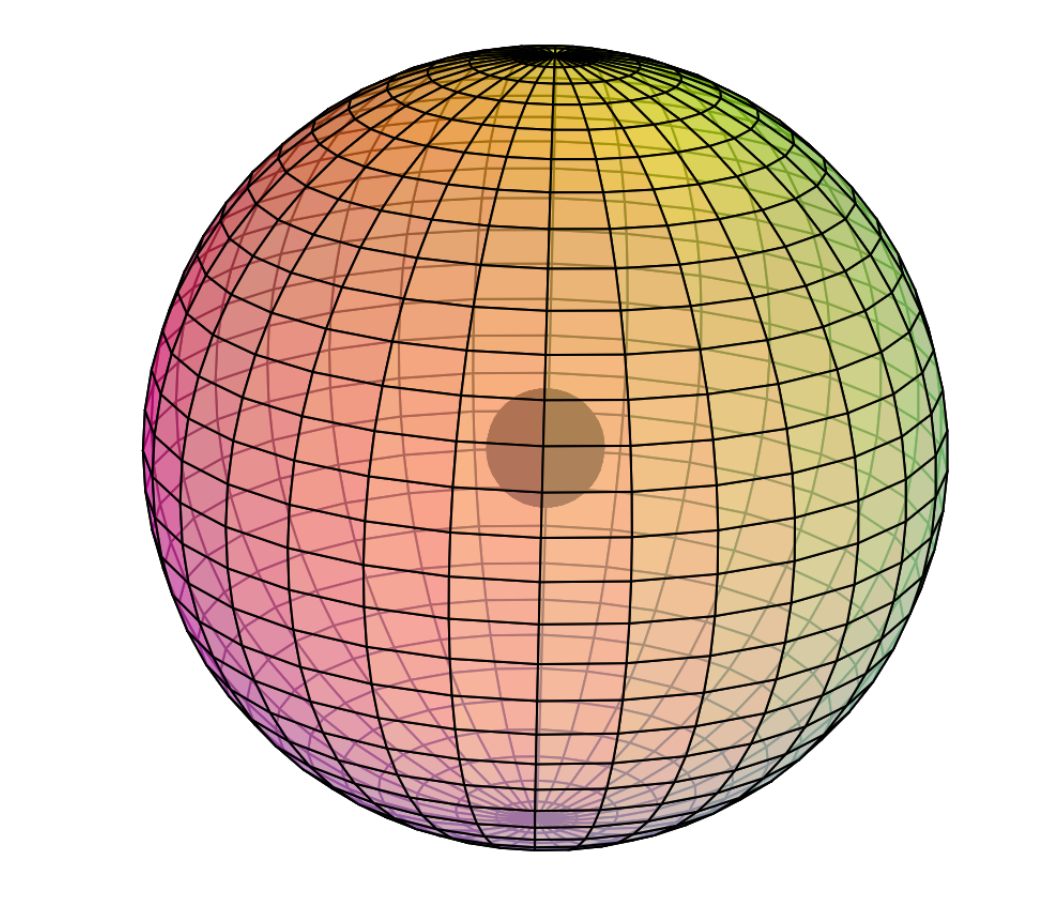
DISCLAIMER: The following reflects the sub-quantum mechanics approach to electron interactions and hybridization. Some details may therefore differ somewhat from traditional quantum chemistry:
Zinc is the tenth element with electrons in the d–orbital. Building upon the pd-hybridization [ref] we introduced in regard to the previous d-block transition metals, it is proposed that zinc features p3d5-hybridization (just like iron, cobalt, nickel and copper before it). This enables a symmetrical, eight-directional cubic geometry containing 8 di-electrons (see image below).
This pd-hybridization does not need to involve the 3s-orbital electrons, so they can retain their preferred spherical di-electron state. It is also achieved without the need of an electron from the 4s-orbital — as occurs in the case of copper.
The 3rd shell cubic di-electrons will arrange their double tetrahedra in such a way that minimizes repulsion with the 2nd shell di-electrons beneath (as depicted in the images below).

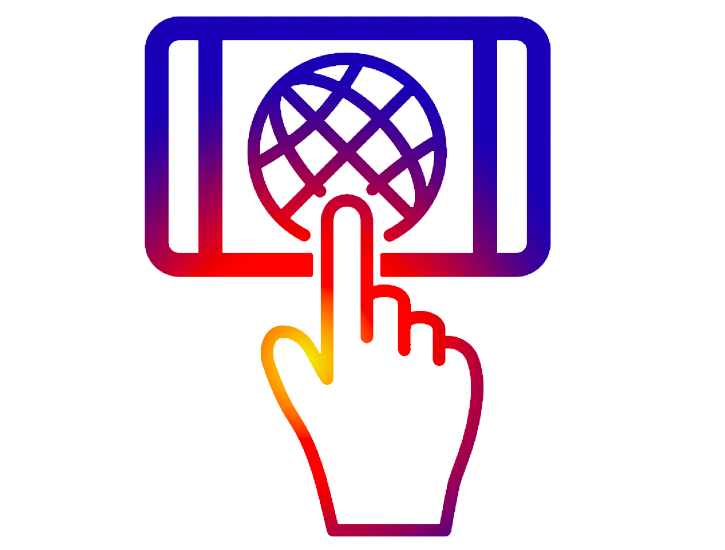 CLICK HERE to interact with this object
CLICK HERE to interact with this objectNOTE: The small spheres in the image above simply indicate the directions of maximum electron density. The 3rd shell hybrid orbitals themselves will form a ‘cubic’ arrangement that divides the (cuboctahedral) shell into eight equal volumes. (In the view shown above, this cube is tilted to reveal that it is also a double-tetrahedral arrangement — two tetrahedra aligned antiparallel and antiprismatic.)
Each of the eight shell segments will be filled with electron density. It will be highest at the center of the face of each orbital (as in the traditional hybrid orbital lobe shapes) and will decrease toward the nodal regions between orbitals — as wave structures usually do — where electron density will be lowest (though not zero).
NOTE ALSO: Even though it is often useful to talk about these orbitals as separate, they are all — the entire atom is — part of a single, coherent, harmonic, resonant, phase-locked, spherically-symmetrical quantum wave state, and it is all electromagnetic at the root-energy level. Orbitals and their ‘boundaries’ can be seen as nothing more than nodes and antinodes in this harmonic wave structure.
As in the case of the previous (transition metal) elements, zinc’s 3rd shell p3d5-hybrid orbitals exist within the added sheath of the 3s2-orbital di-electron, since it is not needed for hybridization. It is proposed that they are superimposed within it, as a harmonic frequency coincides with its fundamental frequency in a resonance. It is suggested that the 3s2 di-electron gives additional stability to the electron configuration within it. The other elements in the d-block will also experience this 3s-orbital stabilization phenomenon, since they achieve at least 4-directional symmetry with only their p– and d-orbitals.
Bonding & Ion Formation 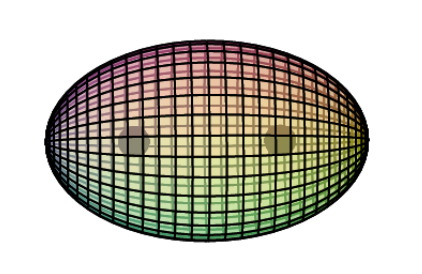
The 4s2-orbital di-electron shell completes the atom. When forming a metallic crystal, the 4s2 electrons delocalize to form the metallic bond, and when forming a 2+ ion, they are removed. In both cases, the core electron geometry remains the same. (A third ionization does not usually occur for zinc.)
(In a few cases, such as chromium (Cr) and copper (Cu), the 4s-orbital outer shell contains only 1 electron, since the other joins the 3rd shell hybridization within in order to help it achieve 8-directional symmetry.)
Magnetic Properties 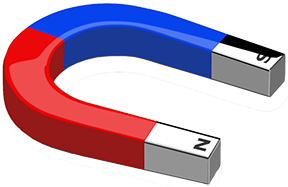
Like copper, zinc is diamagnetic.
DIAMAGNETISM:
Diamagnetism occurs when a substance is repelled from a magnetic field because it contains di-electrons. These paired electrons are in a state of field cancellation with one another. The presence of an external magnetic field will disrupt the coherence of their di-electron states, raising energy. This causes the atom to repel away from the field in search of a lower energy state. Diamagnetic substances have negative magnetic susceptibility (χm) values.
Zinc’s 3rd shell is full, with a symmetrical arrangement of 8 field-repelling di-electrons, and its 4th shell has a 4s2 di-electron. This gives zinc a lower magnetic susceptibility values than copper, with χm = –9.15.
MAGNETIC STRENGTH ANALYSIS:
The following diagram shows the relative paramagnetic and diamagnetic strengths of the transition metals, along with their proposed hybrid orbital geometries. (See Magnetism for more detail.)
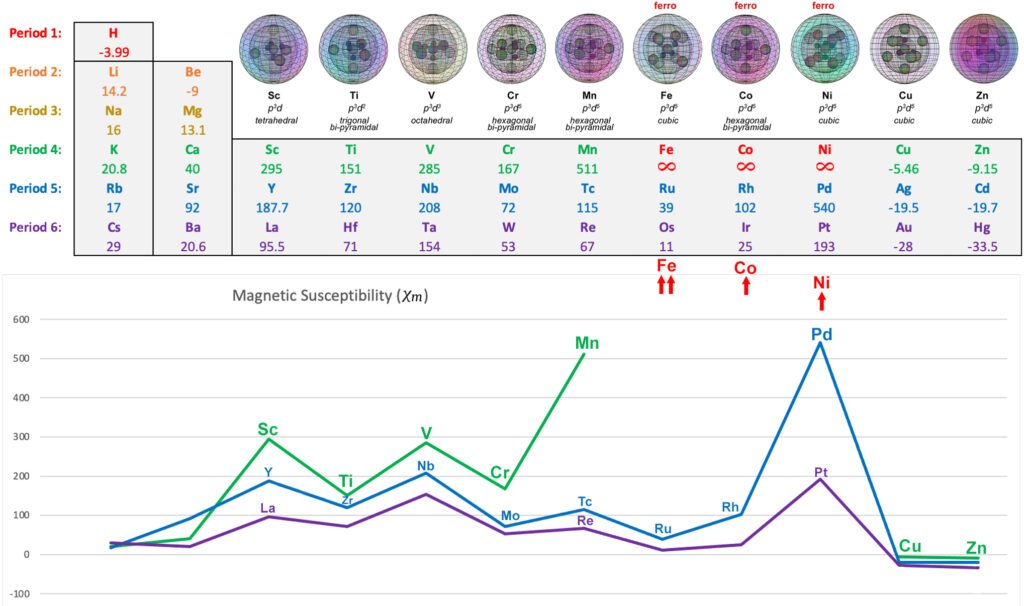
PARAMAGNETIC 3d METALS: Scandium, Titanium, Vanadium, Chromium (also antiferromagnetic), Manganese
FERROMAGNETIC 3d METALS: Iron, Cobalt, Nickel
OTHER DIAMAGNETIC 3d METALS: Copper, Zinc
RETURN to the Periodic Table
